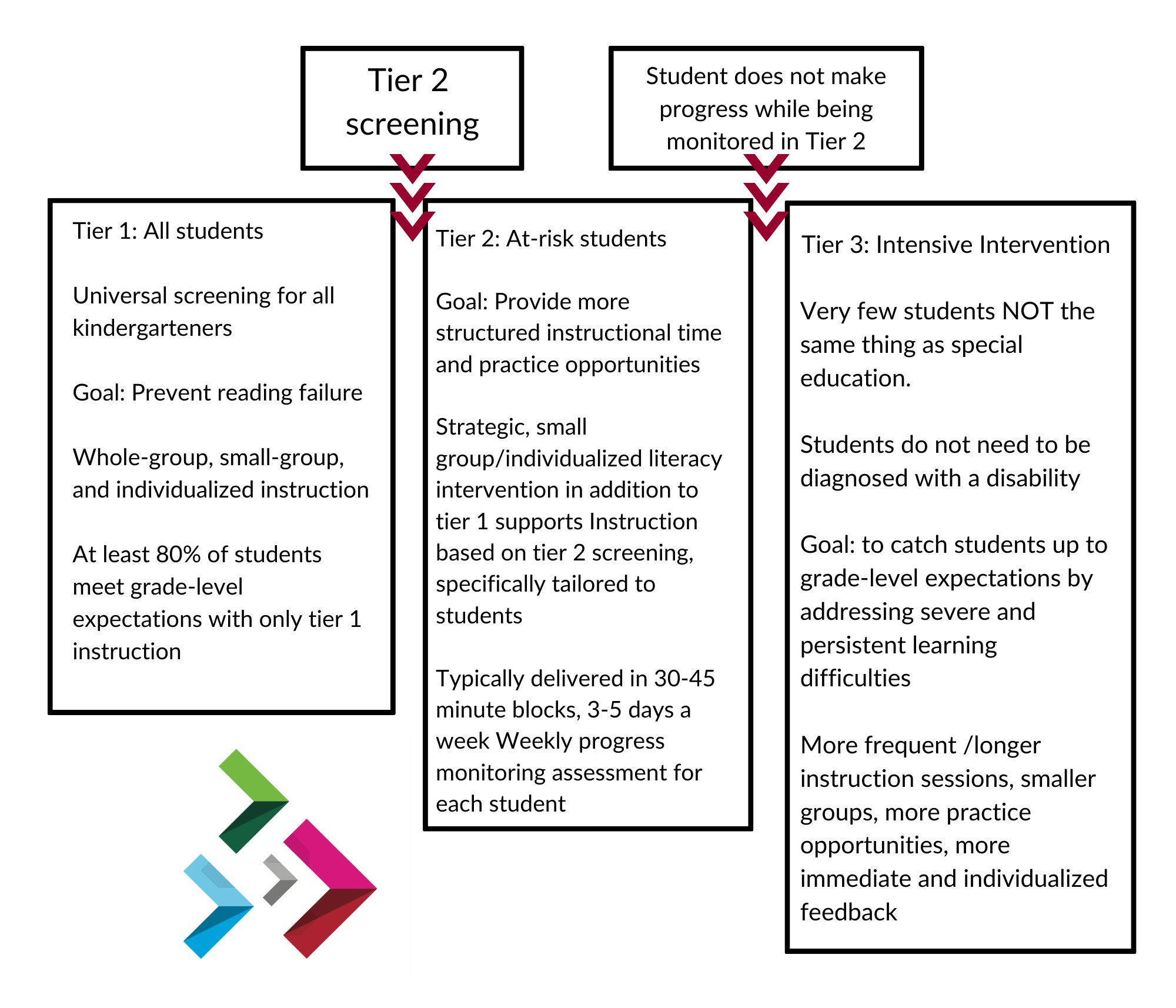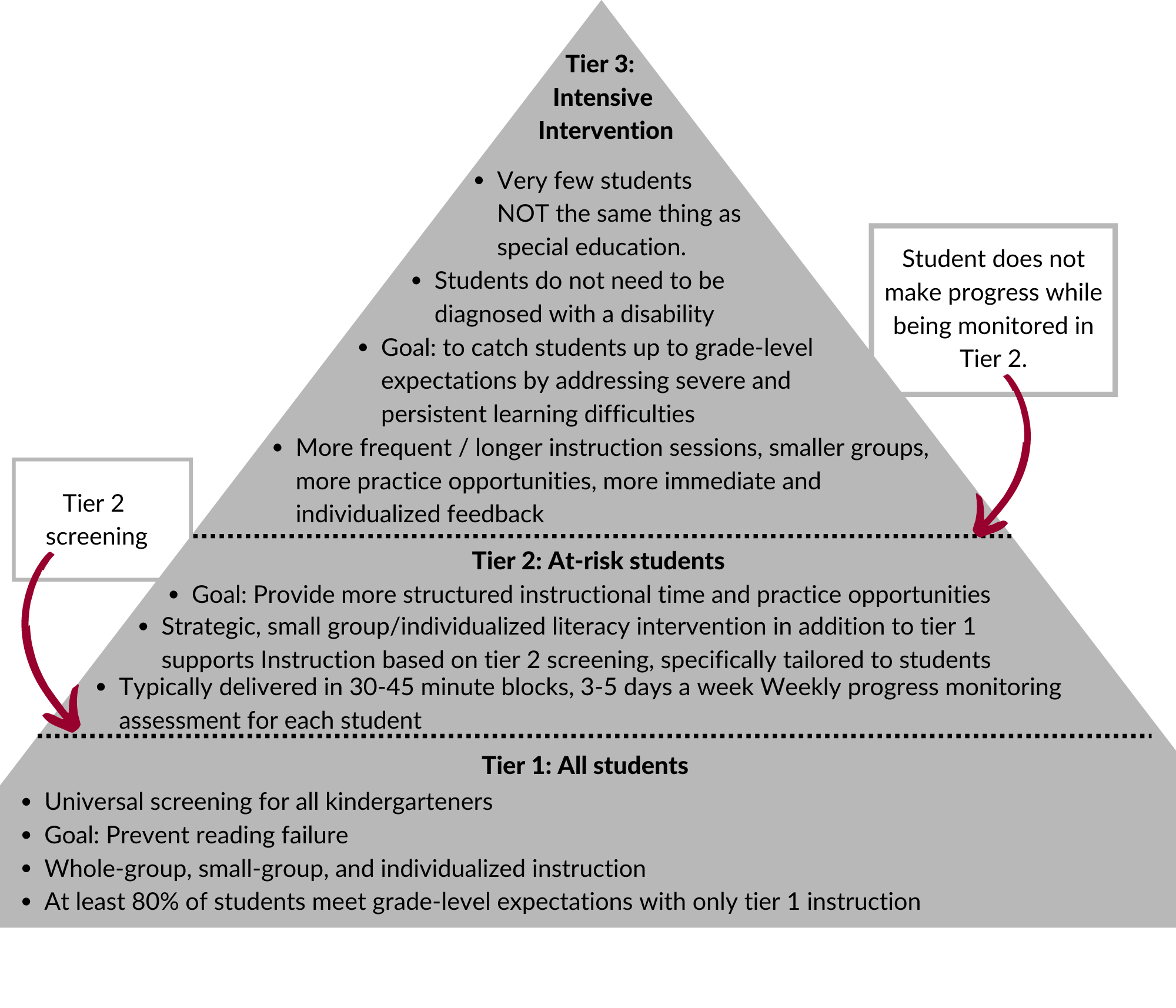Ohio Dyslexia Law Update
August 18, 2022 by Chloe Palmer / special education
Beginning in the 2023-2024 school year, Ohio schools will face new requirements when it comes to screening and educating students with dyslexia. Ohio Revised Code 3323.251, along with Ohio’s Dyslexia Guidebook, mandate new screening procedures and best practices to ensure students with dyslexia are identified and appropriately educated at a young age.
This law was initially scheduled to begin in 2022-2023, but due to recently-signed HB 583, the starting date was pushed back to the 2023-2024 school year.
2023-2024 Requirements
Beginning fall 2023, all school districts must develop a structured literacy program for all students. The program must include explicit, systematic, research-based reading instruction methods in the areas of phonics, semantics, and syntax. K-3 teachers who provide literacy instruction must also be certified in reading instruction.
Every school district must administer a dyslexia screener to every student in kindergarten through third grade. This is referred to as the “universal screener” or a “tier one” screener. The screener must be approved by the Ohio Dyslexia Committee. Schools must also screen students in grades 4-6 if requested by parent or teacher.
If a student is identified as at-risk during the initial screening, the school must notify the parents and monitor the student’s progress in grade-level reading for up to six weeks. If no progress is made, a tier two screening should be administered. If the student is measured as having dyslexia tendencies, parents will be provided with information about reading development, risk factors for dyslexia, and a written explanation of the districts structured literacy program.
Literacy teachers of kindergarten and first grade will complete 18 instructional hours of professional development related to dyslexia.
2024-2025 Requirements
For the 2024-2025 school year, and every following school year, every school district must administer a universal dyslexia screener to all kindergarten students between January of their kindergarten year and January of the next school year. Schools must also screen any student between first and sixth grade if requested by a parent or teacher. The monitoring and continued screening process for these students is the same as the 2023-2024 school year.
Second and third grade literacy teachers will be required to complete 18 instructional hours of professional development related to dyslexia by the 2024-2025 school year. All special education teachers will complete the same professional development by the 2025-2026 school year.
Dyslexia Tier System
Under Ohio’s new dyslexia law, each school district will create a tier system for intervention based on the dyslexia screeners. Tier 1 includes all students. These students will receive the universal screener and reading instruction in their typical classroom. At-risk students will be moved into Tier 2, where they will receive small group reading instruction in addition to the universal Tier 1 instruction. Finally, students who do not make progress in Tier 2 will be moved to Tier 3, where they will received individualized, intensive reading intervention. For more information on Ohio’s new dyslexia law, you can visit the Ohio Dyslexia Guidebook.


